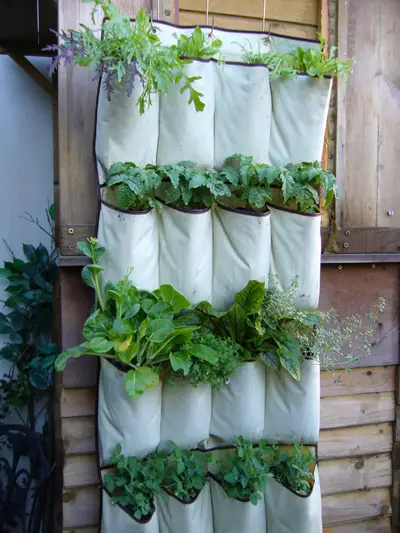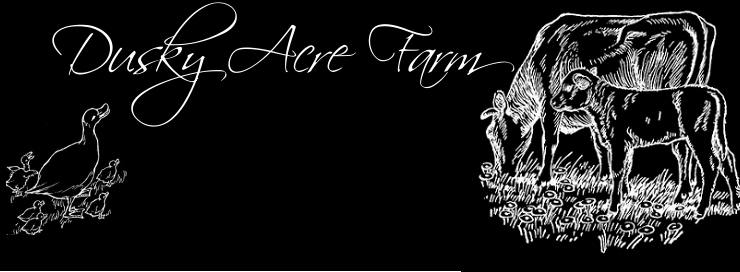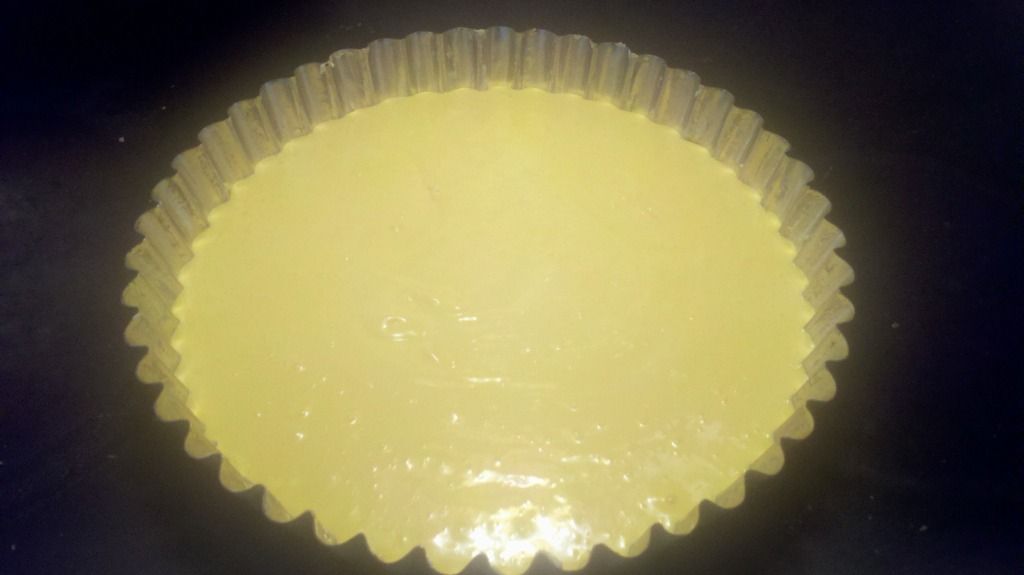It's become abundantly clear in this world that while we may want things to get better, it's a slow road if you plop down and wait for them to do so of their own volition.
Setting Spiritual fulfillment to the side (since that's a loaded canon, and everyone has their own untouchable preferred recipe) this blogger thinks that a lot of people; far too many these days, live their lives waiting for that magical moment when their situation will change and life will all of a sudden become "happy."
 |
| "Mommy, you will NEVER guess what I just did unsupervised in my room involving crayons, scissors, glue, fingerpaints, and the dog" |
A new job or a raise, moving to a new place, meeting your soulmate, a new baby or pet-- a new place to live, or something new to drive. All these things may be important, but the type of people who put life on pause and wait for these times when they expect to be happy, often find themselves one day older, still not satisfied, and wondering how they got where they are.
So here we come to it; my humble suggestions to finding joy in the little things every day-- because life is made up of little things and every days.
1.)
Grow something edible.
A while ago a popular Ladies magazine published an article stating that psychologists found a unique connection in the reward centers of the brain that is triggered only when a person satisfies some primeval desire to feed or clothe themselves or their family members. This is often triggered by hobbies like knitting, sewing, canning, and gardening. Gardening is the simplest and most approachable way to benefit this bio-mental phenomenon (I totally made that word up, you like?)
 |
| A shoe organizer has a midlife crisis |
Most people think of gardening as a big production demanding yard space, destruction of lawn, hours of work-- but porch container gardens can be simple, thrifty, and beautiful. If fancy pots are too spendy (and in this blogger's opinion, store bought pots ARE) get ahold of some pots designed for trees. These can be had cheaply at Lowes, or often free on Craigslist from folks that recently planted a bunch of trees. Goodwill frequently offers rubbermaid tote bins without lids for cheap.
Growing too much maintenance? plant grape vines or a fruit tree that needs only water and sunshine to grow.
No outdoor space? start a windowsill herb garden in your kitchen and water it when you do your breakfast or dinner dishes.
In time, you'll find there will be a certain amount of pride in snacking on one of YOUR oranges or apples, and in cooking up pasta with YOUR basil.
2.)
Dress yourself (and your daughters) like a princess.
 |
| "I should wash these windows... someday. Before my prince comes." |
When I mention it, you will instantly remember that formal or semiformal dress in the back of a closet or bottom of a drawer. It fits, but has this STAIN on it you just can't get rid of. Maybe you're thinking of throwing it out, or you want to but can't bring yourself to do so because a relative gave it to you as a gift, or because you spent too much money on it.
First- here is one last ditch tip to remove stains-- treat the spot with hydrogen peroxide. It's a cheap, natural "magic" stain remover. If it didn't work the first time, treat it again. If the garment has a stink or a dinginess your laundry cycle didn't take care of, add a tablespoon of baking soda to your laundry detergent, and white vinegar in the fabric softener compartment.
Another option is a bottle of RIT dye to change the color to rectify stains or fading- this can be found in the laundry isle usually and can be done in a large bowl, a sink, or a bathtub- Dying is a great skill to have for reclaiming vintage items.
Second... if you love these clothes, find ways to wear them! If a little girl can't wear one of her dresses to church or school anymore, demote it to play-clothes status. My middle daughter has her favorite "princess nightgown"- an ankle length dress with silk, ribbon rosettes and a soft lace skirt that was demoted from the school rotation due to wear and tear, but she still feels like a disney princess at bed time.
I have different dresses I wear "out" or for messy at home activities, and some I wear as nightgowns after their "best days" are used up.
Third.. if you have "dress up clothes" that aren't getting used because you're afraid of "ruining them"-- stop worrying! Treating a day (or yourself) like you're not deserving of something nice is not going to help your mood or your long term goals. This tip follows the "use the good china" philosophy. And besides, even if you get a spot on something I've already told you how to fix it.
3.)
Animals are awesome.
Research shows that people who have pets have less stress and live longer. Sure, it's easy for someone like this blogger to say... I live on a farm after all-- but there are a lot of ways to incorporate the therapeutic qualities of animals without collecting them. I'm all about responsible pet ownership, good stewardship, etc etc. and I don't advocate everyone rushing out and buying a dog or a cat. For one, not everyone is suited to taking care of an animal either by personality or lifestyle. But watching animal TV programs, cute critter youtube videos, visiting a (morally responsible) zoo, or petting or walking shelter animals will trigger a measure of catharsis normally limited to exposure to feathered or furry creatures.
For some reason, animals have always touched on something instinctive in mankind.

If you badly want a pet, and are able to keep one where you live, you do have a few options apart from dogs and cats.
My first "apartment living pet" was a ferret-- I was used to dogs and cats and I value qualities like personality, playfulness, and cuddlyness. Woozles are not for everybody-- they need frequent attention to be well socialized and to stave off bad habits. Their musky odor takes effort to manage (but it IS manageable). Some bird species can be very personable creatures, but they can be very noisy, sometimes destructive, and several species live longer than some pet owners can commit to caring for them. (I always say, don't adopt a critter unless you're prepared to see to it's needs as long as it lives.)
I've known many people who opt to keep indoor ducks as house pets-- They have personality, can be very quiet depending on breed/sex, can be diapered to prevent messes, don't chew, don't bite and don't shed hair- a very appealing combination of attributes.
Domestic rats are also an often overlooked pet. Like ferrets they need attention to be calm, but they fit the bill of cuddly, cute and playful, they don't have a tendency to claw, and their short life span is a reasonably small time committment, plus they travel easily. You don't often find someone having to rehome a pet rat due to having to move. They are generally gentle with children too. The downside to rattus domesticus is that they manage to escape at times, and need to chew constantly.
 |
| "Carrots? No thanks, I filled up on electronics." |
Rabbits have been gaining ground as indoor pets in recent years because of their great personalities, cuteness and ability to be litterbox trained, but bunnies have drawbacks-- big ones. They like to chew on everything from walls to furniture to electrical cords-- hardly low maintenance pets.
4.)
Eat well.
I don't mean eat whatever you want, anytime you want, but food is fuel for your body and mood at it's basest level. My waistline will readily attest that I'm not in the habit of turning down dessert or delicious processed fast food once in a while, but you know-- if you put watered down gas in your car, it will sputter and stop running all together if the gas is bad enough. Likewise high performance cars do better on high octane fuel. There is even a subtle difference between 85 and 87 octane gas in most vehicles.
The great thing about fueling your own body, is that unlike gas, higher quality does not cost you an arm and a leg-- it's all in the choices you make.
Plus, more complete "richer" food like whole grains, whole milk, real butter and actual meat (if your body is craving it) have been shown to satisfy cravings better and make you feel fuller.
5.)
Get Mail
Looking forward to a small short term goal is great for a person's mood, plus mail generally comes to your house or gets you out to do errands if you have to pick it up from a PO box. Getting something fun injects a little joy to doing errands or staying home/going home.
Order something online or win an ebay auction if you have disposable cash. Order free samples or exchange cards via snail mail with a friend, relative or pen pal if you don't.
Join a swap/barter community if you can neither afford or justify buying new things-- this keeps your "mail high" up, but keeps your clutter and unwanted items going out.
Mood bonus-- by taking charge and getting rid of things you no longer need you are seizing "control" of a facet of your life, a perennial mood booster-- it's empowering to rule your things rather than be ruled by them. Which brings us to tip #6.

6.)
Command and Conquer your clutter
There is no reason on earth that a person needs to pay out of pocket in any way in order to save things they cannot comfortably fit into their house. If you have a storage unit, and you can't put those things into a place that you live, you officially have too much stuff.
If you don't have room for "your things" around you, you must not really need those things, since you are obviously living without them already.
But, above all though;





















